MLOps and DevOps: Why Data Makes It Different
O'Reilly on Data
OCTOBER 19, 2021
Why: Data Makes It Different. In contrast, a defining feature of ML-powered applications is that they are directly exposed to a large amount of messy, real-world data which is too complex to be understood and modeled by hand. However, the concept is quite abstract. Can’t we just fold it into existing DevOps best practices?




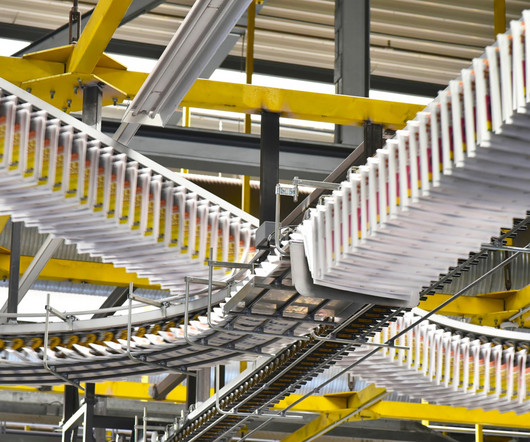
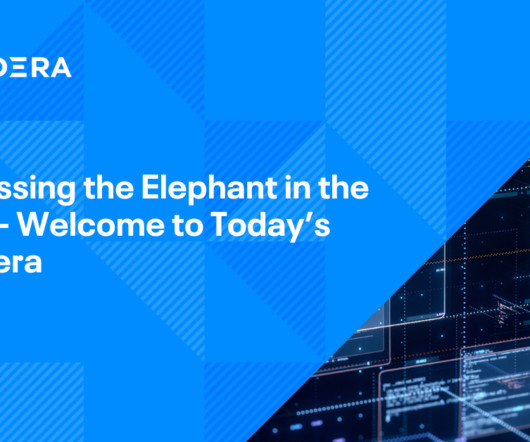
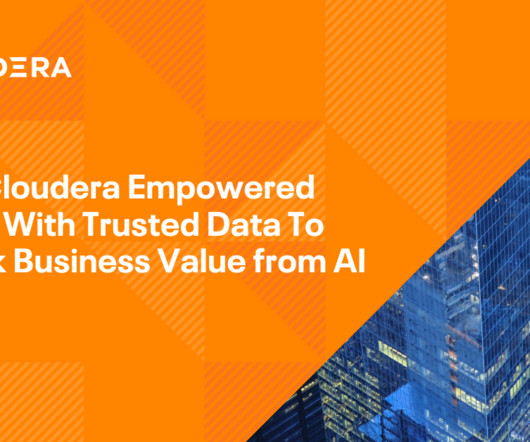

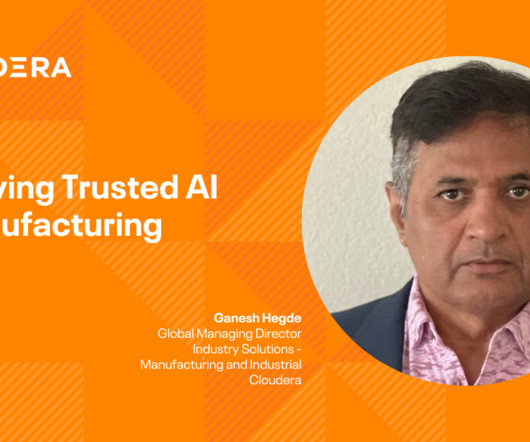

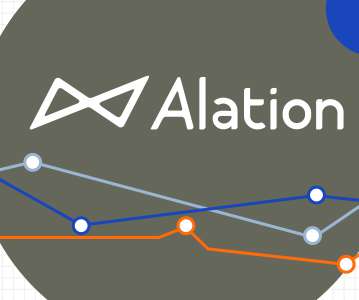

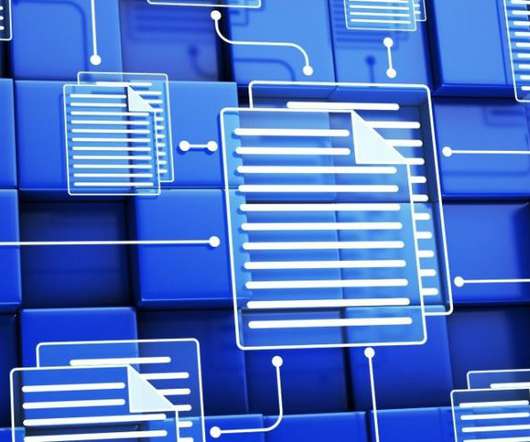










Let's personalize your content